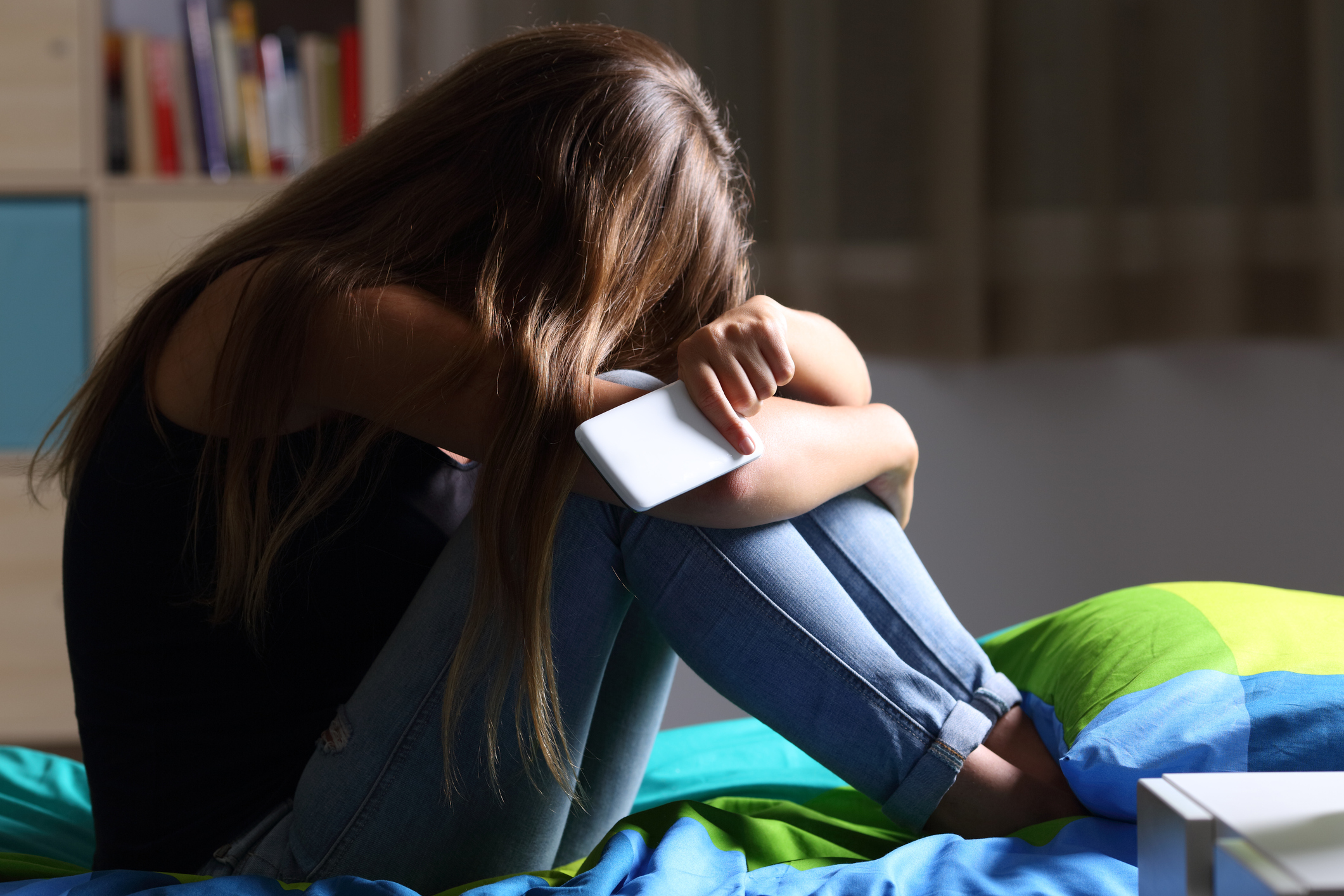
ONE in 10 children (11%) say they have no one to talk to, or would not talk to anyone in school if they felt worried or sad, a survey has found.
The poll of 1,323 schoolchildren aged between 10 and 15 were asked how feeling worried or sad affected their wellbeing.
Thirty-eight per cent said it caused them difficulty going to sleep, while more than a quarter (26%) said it caused them to struggle with doing their homework.
Commissioned by the Mental Health Foundation (MHF), the YouGov survey also found that 27% said they got into fights or arguments, with the same number saying they did not want to be around others.
It comes as the charity launches its Make It Count campaign on World Mental Health Day to ensure every child in the UK receives an education with mental health at its heart.
Dr Antonis Kousoulis, associate director at MHF, said: “Our survey provides shocking further evidence of the growing crisis in the mental health of children.
“Nearly half a million children in the country have no one to speak to at school when they are experiencing feelings of sadness or worry. That is plainly unacceptable.
“We believe that many mental health problems are preventable, but for prevention to work for children, changes need to take place in our schools, from primary level upwards.
“This is why we are campaigning for mental health to have much greater priority in our children’s education.
“We know there are many schools that are doing excellent things in this area, often in difficult circumstances, but this needs to keep improving and be consistent in all schools. If we are not tackling mental health problems early, then we risk failing the next generation right at the start of their lives.”
The Office for National Statistics estimates there are 4,292,784 10 to 15-year-olds in Britain. Of these 97.28% are in school (4,176,020) and 11.4% said they do not have anyone to talk to or would not talk to anyone at school if they felt worried or sad.
The MHF said this equated to 476,066 children within the age range.

Enjoy the convenience of having The Sunday Post delivered as a digital ePaper straight to your smartphone, tablet or computer.
Subscribe for only £5.49 a month and enjoy all the benefits of the printed paper as a digital replica.
Subscribe